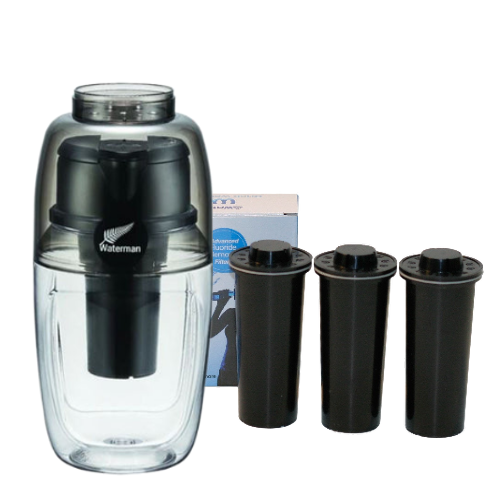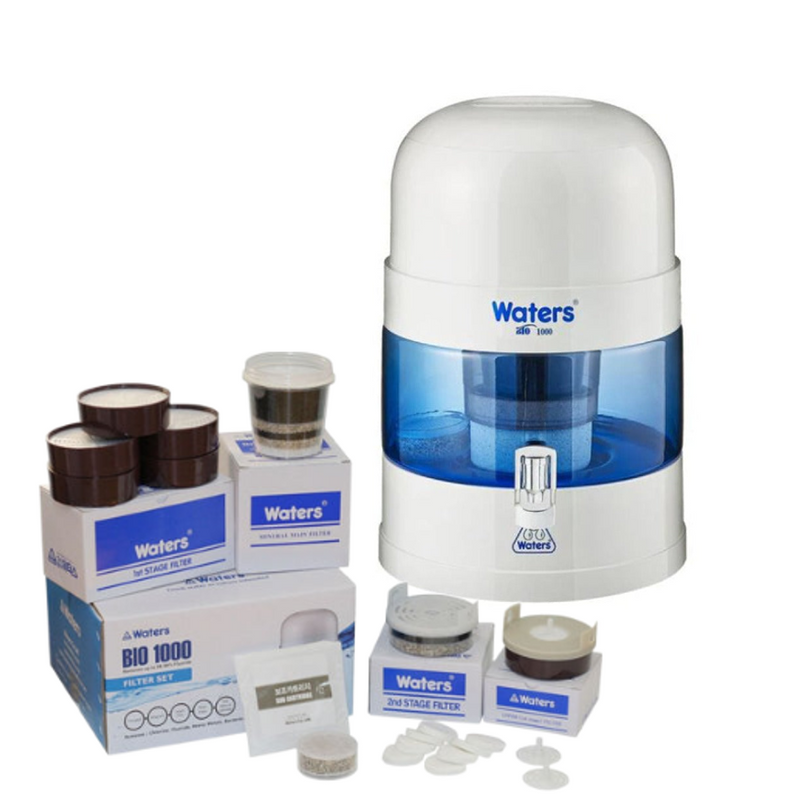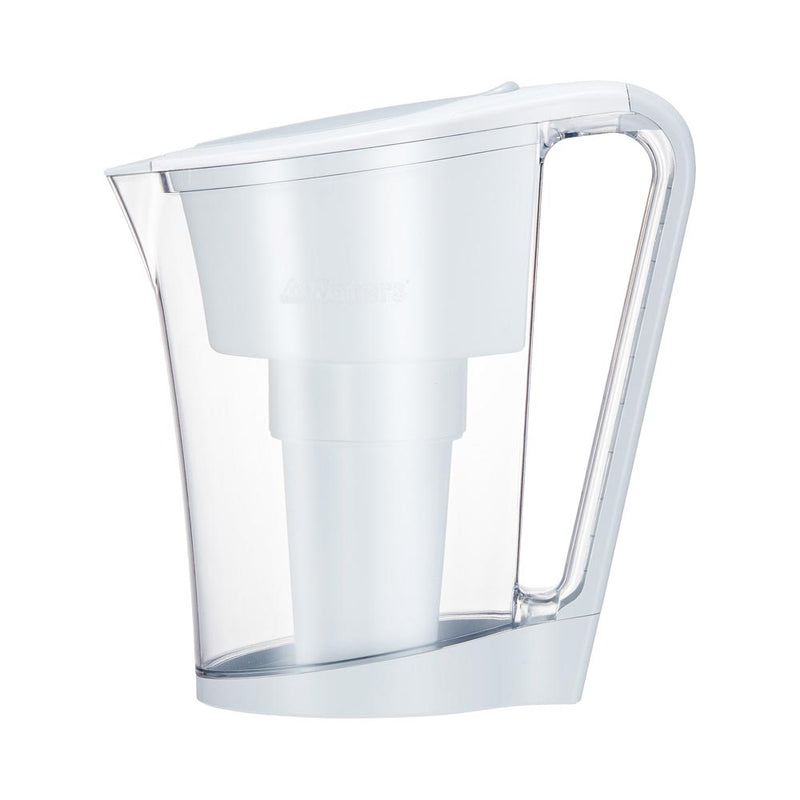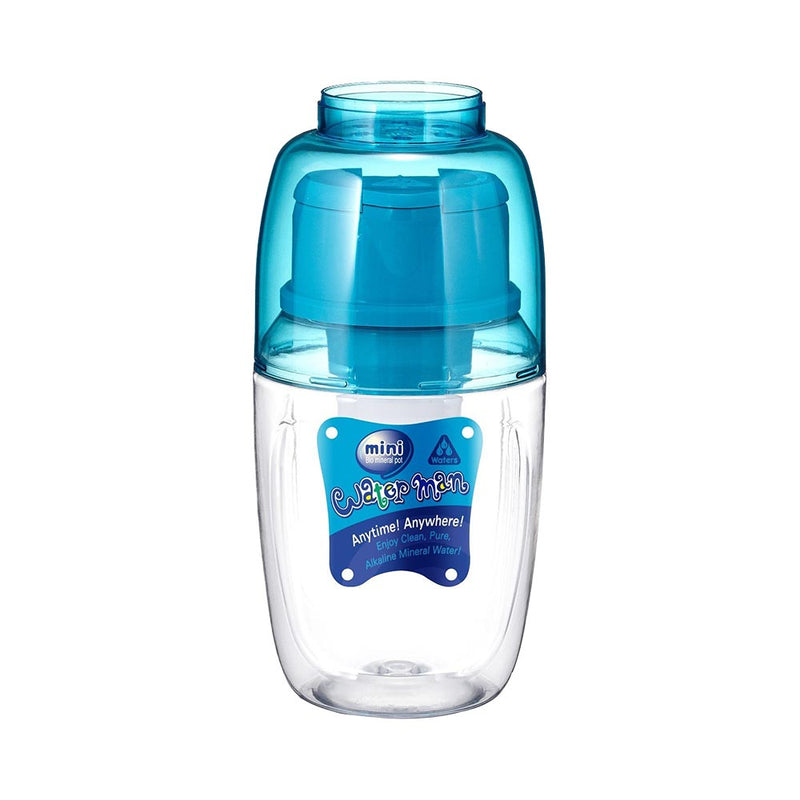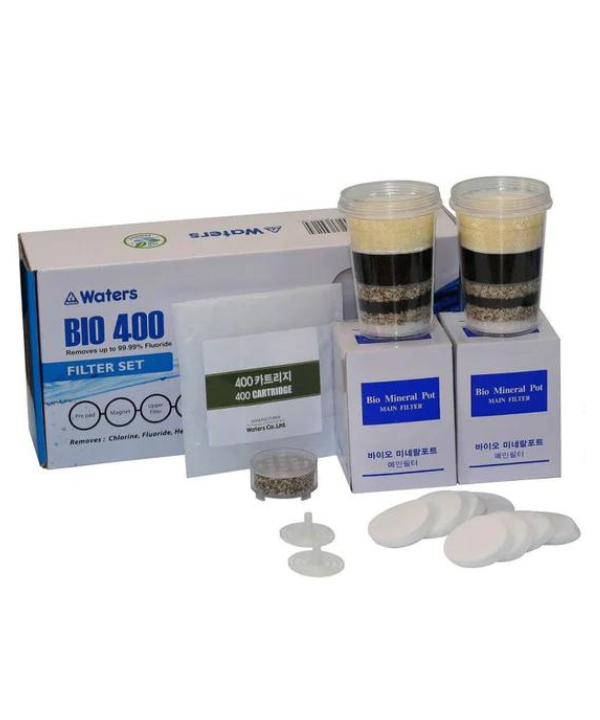Are There "Next-Generation" Forever Chemicals To Be Concerned About? Emerging PFAS and Their Potential Risks
The widespread use of PFAS (per- and polyfluoroalkyl substances) has raised major health and environmental concerns over the past two decades. These synthetic chemicals were celebrated for repelling water, oil, and stains, but are now infamous for their toxicity and potential harm to environmental and human health. As mounting evidence led to the phasing out of common PFAS compounds like PFOA and PFOS, the chemical industry introduced a replacement — the "next-generation" PFAS. They are promoted as safer alternatives. However, many recent studies show these newer compounds may pose similar dangers and have the potential for bioaccumulation.
What Are "Next-Generation" PFAS?
PFAS are artificial chemicals used in more than 1,000 everyday products. You'll find them in non-stick pans, waterproof jackets, food containers, stain-resistant carpets, and makeup. They never break down naturally and can build up in our bodies.
When the health dangers of PFAS became public, the two most dangerous types, PFOA and PFOS, were banned. Chemical companies have now created new versions of these chemicals, claiming they are safer.
The main difference between old and new PFAS is their chain length, which refers to the number of carbon atoms they contain. The longer the chain, the more carbon atoms chemicals have, and the slower they degrade.
Companies argued that the new short-chain PFAS, like GenX, PFBS, PFBA, PFHxA, and PFHpA, were better because they leave the body faster than long-chain varieties. Instead of staying in your body for years, they might only stay for weeks or months. That sounds good, but it's not that simple.
While alternative PFAS might not be found in your blood, they still build up in your organs. They also spread more easily through the environment, moving faster through soil and water and contaminating larger areas.
The Potential Risks: Smaller Molecules, Similar Concerns
Growing research suggests that next-generation PFAS share many of the same health risks as older compounds.
Immune System Problems
Studies show that new PFAS chemicals can weaken the immune system just like the old ones. The US Agency for Toxic Substances and Disease Registry (ATSDR) research found that people with higher levels of PFBS in their blood had more severe COVID-19 infections. Other studies found connections between short-chain PFAS and increased asthma rates.
Reproductive and Development Issues
Animal studies consistently show that new PFAS affect fertility and foetal development. Some human studies also reveal that short-chain PFAS may cross the placenta more readily than long-chain versions. This early exposure can cause hormonal and developmental problems similar to those caused by the banned chemicals.
Organ Damage
The National Toxicology Program tested several old and new PFAS chemicals on rats for 28 days. All of them damaged the same organs: the thyroid and liver. They lowered thyroid hormone levels and increased liver damage markers.
Accumulation in the Body
A study in Sweden looked at people who were exposed to PFAS through contaminated airport drinking water. When the contamination stopped, researchers could track how long the chemicals stayed in people's bodies. Even the "short-chain" PFAS that were supposed to leave quickly still took many weeks to be eliminated.
Long-term Effects
Short-chain PFAS are better at crossing protective barriers in the body. They more easily cross the placenta and can spread to any organ faster. They've been found in human lungs, liver, brains, and breast milk. Despite being removed from the blood, they penetrate organs and can cause internal damage.
Environmental Persistence
Despite claims of being “safer”, new-generation PFAS are just as persistent in the environment as the banned ones. Some studies show they're even harder to remove from drinking water. More concerning, fruits and vegetables easily and readily absorb these PFAS from contaminated soil and water.
Regulation in Australia: How are Next-Gen PFAS Being Addressed?
As for 2025, the Australian Government has restricted certain long-chain compounds like PFOA and PFOS. However, short-chain PFAS remain in active use and are not subject to any regulation.
The problem is that regulators test chemicals one by one instead of treating PFAS as a group. Individual assessments take years, during which new harmful chemicals continue to be used and released into the environment.
Many experts now say that all PFAS should be regulated as a class of chemicals. Given their similar structure and effects, this approach would provide better protection for public health.
What Can You Do to Minimise PFAS Exposure?
The Australian Department of Health and Aged Care has published guidance on managing PFAS contamination and minimising exposure. While this document focuses on old PFAS chemicals, you can still follow its recommendations.
Remember, you can't eliminate all PFAS exposure – that's impossible in today's world. But you can significantly reduce it by making smart choices every day. The most important step is filtering your drinking water.
Water is the main way most people are exposed to forever chemicals, both new and old. To protect yourself and your family, you need quality in-house water filters that are able to remove PFAS. Look for:
- Activated carbon filters
- Reverse osmosis systems
- Ion exchange filters
- Multi-stage filtration systems.
For instance, Waters Co filters use multiple filtration stages and can remove up to 99% of water contaminants, including PFAS compounds. They improve water taste while eliminating heavy metals, bacteria, chemicals, and microplastics.
Avoid products labelled as water-resistant, stain-resistant, or non-stick when possible — they likely contain PFAS.
The Forever Chemical Story Continues
The science on PFAS is evolving quickly. New studies come out regularly, and new initiatives emerge. Follow reliable sources like health departments, environmental agencies, and peer-reviewed research to keep up with the latest news so you can make healthier decisions for yourself and your family. Supporting stronger chemical safety laws is also important. The more people demand action, the faster we'll see meaningful change.
Until we have better regulations and safer alternatives, your health protection depends on your choices. Invest in a high-quality water filtration system, stay informed about new research, and make conscious choices about the products you use. Following these recommendations can significantly reduce you and your family's exposure to all forever chemicals.



